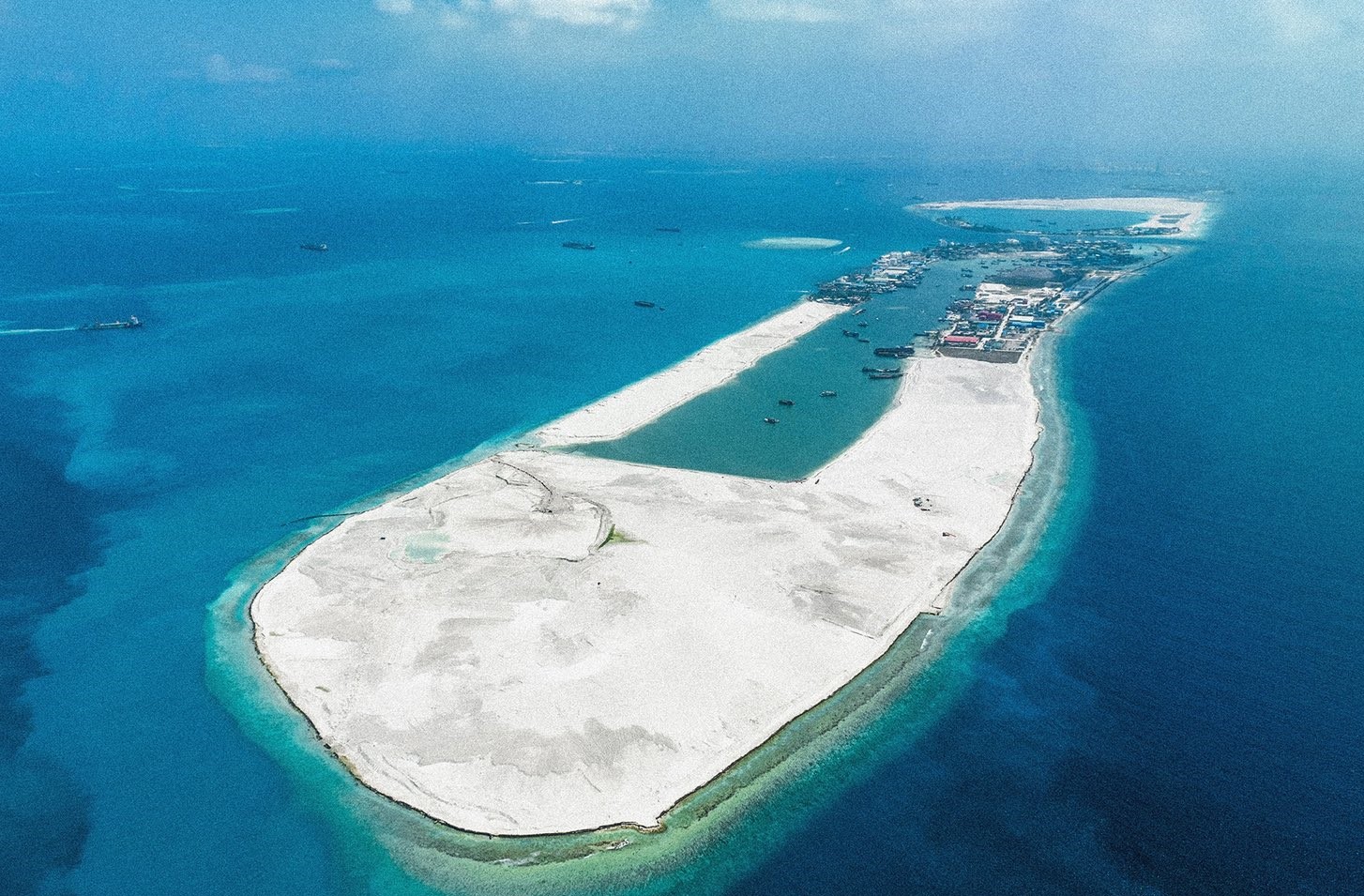Human development is both an individual and a collective action. It is individual because it requires people to look within themselves for their creative energy and come up with ideas for action. It is collective in that people will be more successful if they work together for a common vision or a common cause.
Nonetheless, outsider-oriented development has been a way of life for most countries in the Global South for at least the past 70 years. Externally parachuted democracy and development corrode the competence, credibility, autonomy and capacity of grassroots groups, who carry the mantle of development, to achieve developmental results. Also, over-dependence on external resources wears away the capacity and commitment of local people to mobilize collaborative action and reach consensuses on issues of common interest for autochthonous and autonomous development.
China has very much depended on its internal resources and development policies to achieve excellent results in economic and social development within a few decades, and become the largest economy in the world in terms of purchasing power parity GDP, while helping the Global South to boost development. The lessons one can draw from China are apposite for a Global South that has been hooked to the umbilical cord of Western aid.
West not truly addressing Global South’s development
The West has over the decades taken a large number of initiatives aimed directly or indirectly at helping developing nations on their way out of economic chaos and political instability. In doing so, it has relied on a wide variety of programs, institutional mechanisms and policies.
Indeed, growing external involvement in the Global South in projects of economic recovery has resulted in increasingly challenging problems of conceptualizing the role and function of international agencies. The increase in foreign interventions is in marked contrast to the limited thought and efforts exerted by the “Washington Consensus” cabal to put the interventions in coherent theoretical or strategic perspective.
What is the overall rationality or significance of the great traffic of projects, the proliferation of activities that seem to show little regard for economy of coordination, not to mention new forms of “participatory research” into social engineering that seem to haunt the Global South indefinitely? And how far and in what ways do Washington Consensus programs, mechanisms, forms of knowledge and technical assistance feed on one another in the Global South?
The important issues these questions suggest are not sufficiently addressed, or even raised, in much of their “Spring Meetings” or “Article IV consultations”. Insofar as the activities of external agencies in the Global South are not engaged in part as indigenous societal potentialities, developing gradually into actual structures, functions and features of polities and societies, their developmental (and democratic) impact diminishes with their proliferation.
This can mean little more than a weakly synchronized duplication of projects which have instantly recognizable effects in limited areas, but which seem to suspend rather than serve their ultimate goals. This is in part because of limitations in their narrowly technocratic orientation and inadequacies in the relational and contextual articulation of programs and their limited variability and “generalizability”.
Indeed, current discussions on, and analyses of, the Washington Consensus-parachuted democracy assistance and development aid are generally marked by several limitations. Primarily, there is a tendency to narrow democratic and development thought and practice to the terms and categories of immediate, not very well considered, social action, a “naive realism”, as it were. This in turn primes inattention to problems of articulation of the partnership within locally grounded socio-politics augured on the Global South’s indigenous experience.
Furthermore, strategic ambiguity over whether civil society of the Global South is the agent or object of change leads to a nearly exclusive concern in certain institutional perspectives about democracy and development with neglect to generic attributes of political societies and consequent disregard for their scrutiny in terms of their specific strategies.
Global and indigenous Development dimensions
All the above factors precipitate in the inadequacy of the treatment of the role of the Washington Consensus and of relations between global and indigenous dimensions of development in the Global South.
The notion of naive realism points to conceptual fault lines in the current rush to achieve the Sustainable Development Goals in the Global South. These shortcomings can be seen as outcomes of more or less conscious attempts of the Washington Consensus to quickly get its hands on “urgent” or “practical” matters of electoral priorities and human development targets without worrying much about the collective history of indigenous communities.
One manifestation of naive realism is the pre-emotive “socialization” of policy transfer as demonstrated by the devastating impact of the International Monetary Fund’s structural adjustment programs on the Global South.
A process which often spawns an attendant rhetorical over-simplification of difficult concepts, this socialization is disabling as a method of both grasping ideas and rules in all their openness and complexity, and making the ideas tractable to transparent and sustainable institutional practice.
Another manifestation is the simple equation of partisan policy imposition with the production of ideas, values and goals in civil society of the Global South. Here, our attention and thought are diverted from the critical destination between a system of abstract policy categories as a construct of explicit rationalization, conceptualization and design, on the one hand, and broad and diverse domains of policy purposefulness in the plenitude of local social experience, on the other.
In sum, naive realism within existing Western perspectives and projects of development in the Global South emphasizes the immediacies of the twinned “developmental” and “political” activity to the neglect of the constitutive and regulative concepts and norms that define, structure and validate institutional practices in the Global South.
It attempts to establish a direct relation to social experience, largely by passing the intangible yet no less significant terrain of critical local brainwaves. Its immediate turn to the practical tasks of inducing people to participate in ostensibly developmental and democratic activities such as structural adjustments, the full meaning of which is often beyond the grasp of the participants, tends to become a substitute for transparent and open rules of engagement.
Having endured slavery, colonization and unmitigated resource theft, the Global South depends on international assistance in achieving the SDGs. Such assistance is vital in many areas and at many levels. Yet it must be recognized that external support creates problems as well as opportunities for development.
In confronting the imperatives of developmental transformation, nothing is more challenging for the Global South than the strategic coordination of diverse global and local elements, relations and activities within themselves, nor has anything greater potential for enabling them to achieve successful transitions to sustainable development.
The Global South’s development must be based on tenets of locally participatory, independent and autonomous trajectory augured on mutual dialogue among development partners based on equality and trust as opposed to one imposed by the Washington Consensus.
The author is former UN senior policy advisor and chair of the AU Anti-Corruption Board and a professor at the School of Graduate Studies, Addis Ababa University. The views don’t necessarily reflect those of China Daily.
Source(s): China Daily

 Sports3 days ago
Sports3 days ago
 Sports6 days ago
Sports6 days ago
 World7 days ago
World7 days ago
 News5 days ago
News5 days ago
 World6 days ago
World6 days ago
 News7 days ago
News7 days ago
 Travel & Culture7 days ago
Travel & Culture7 days ago
 News5 days ago
News5 days ago


















